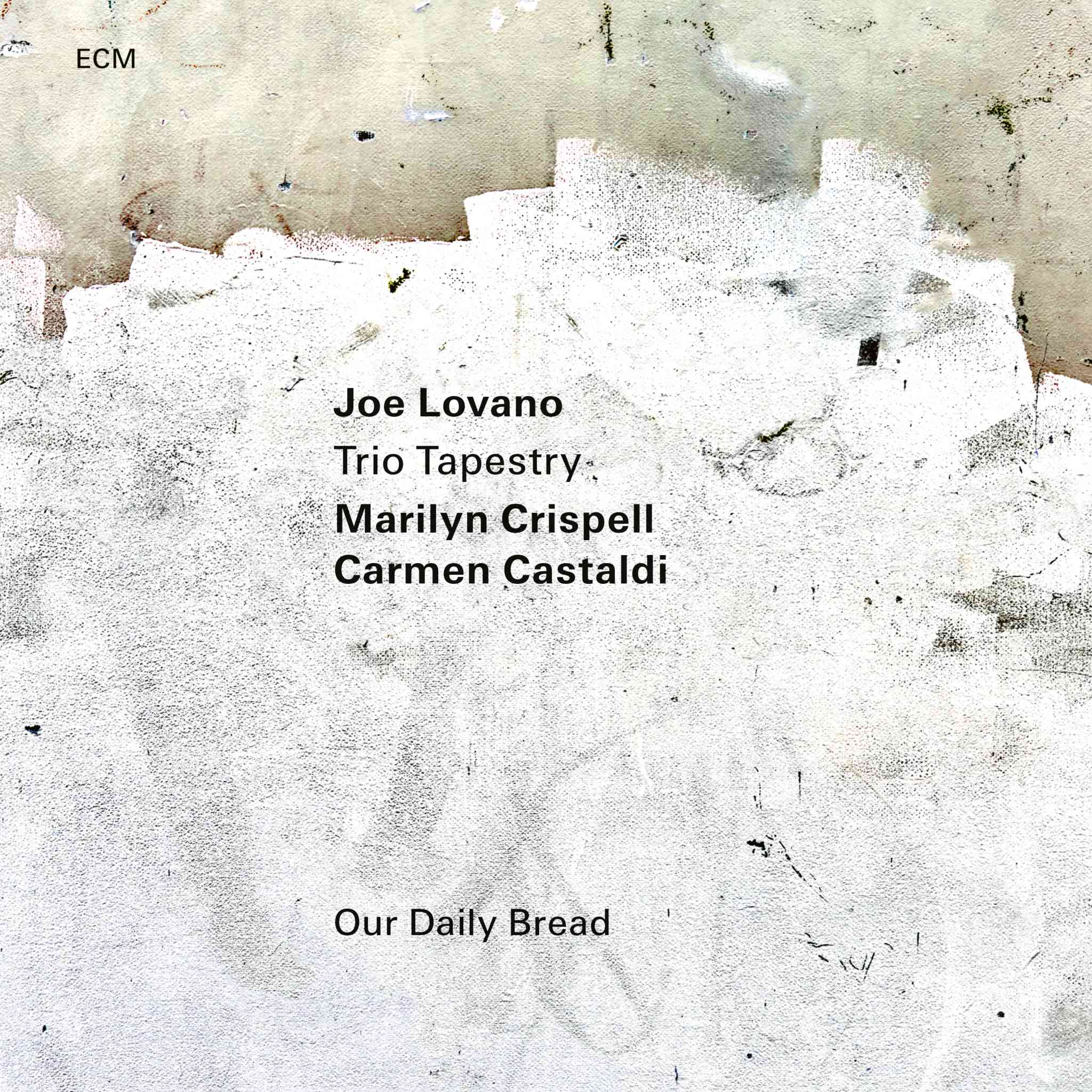Album insights
During the 18th century, significant changes occurred in the German-speaking region regarding oratorios, representing the evolution of style and sensibility. Johann Sebastian Bach presented his two Passions to the Leipzig audience in the 1720s, seemingly inseparable from the ecclesiastical context. Oratorios were perceived as vast religious operas, interpreting biblical texts with references to Protestant liturgy like chorales and Bible quotes, symbolizing communal worship.
Around the same period, Telemann, a rival and friend of Bach, embarked on composing oratorios in Hamburg, catering to the significant musical demands of the city. His works showcased a blend of religious themes for secular purposes, differing from cantatas in length and dramatic aspects. The progression of oratorios detached them from religious settings and evolved towards evoking diverse emotions rather than storylines based on the dramatic shifts in musical styles and concerns during the Enlightenment era.
A pivotal moment in oratorio evolution was witnessed through "The Death of Jesus" by Graun, first performed in 1755, introducing a new style referred to as "lyrical drama" or "sacred opera," reflecting the emerging trend of sensibility. The work, based on a libretto by Karl Wilhelm Ramler, epitomized the shift towards simplicity and natural expression, steering away from baroque stiffness. As composers increasingly embraced these novel criteria, the stage was set for Enlightenment's aesthetic principles.
Carl Philipp Emanuel Bach, after serving nearly thirty years under Friedrich II's court, embraced the musical freedoms in Hamburg, composing notable oratorios like "The Israelites in the Desert" and "The Resurrection and Ascension of Jesus," demonstrating his departure from Berlin's narrow musical constraints. These oratorios, including introspective compositions and personal touches, were well-received in private and public settings, with revisions and adaptations marking milestones in musical history.
Ramler's libretto for Bach's "The Resurrection and Ascension of Jesus" masterfully narrates Christ's resurrection and ascension, emphasizing emotions through poetic descriptions rather than character portrayals. The oratorio is divided into two parts with 22 sections, featuring recurrent motifs like somber string introductions, Christ's dialogues in recitatives, and expressive arias and duets matching the lyrical intensity. Bach's compositional nuances shine through contrasting choral refrains and culminating contrapuntal moments, culminating in divine praise in the finale.
Considered among the greatest oratorios along with works by J.S. Bach and Haydn, "The Resurrection and Ascension of Jesus" showcases C.P.E. Bach's profound organizational talent, introducing an emotionally charged, refined narrative style. The oratorio stands as a remarkable representation of sensitive aesthetics, contrasting with traditional Baroque elements, influencing subsequent composers like Haydn and Beethoven with its unique expression and dramatic depth.


